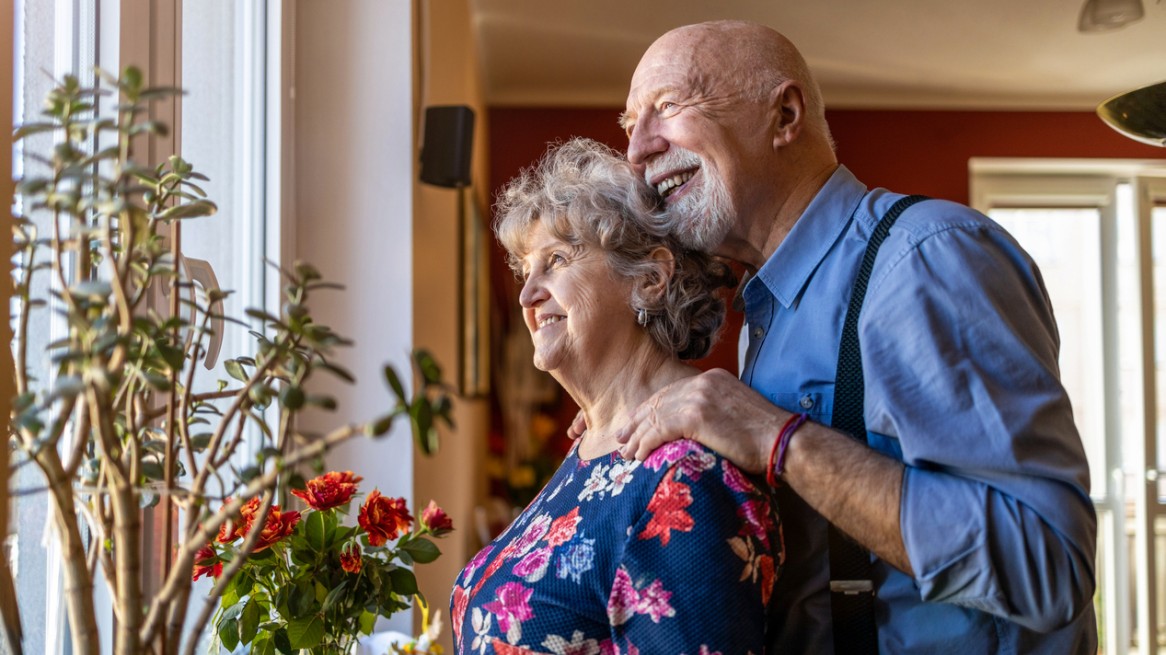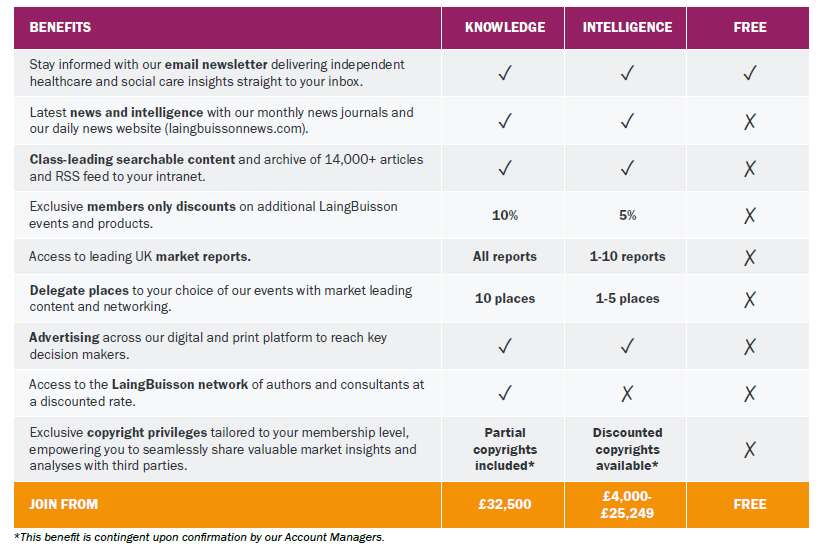Not waiting for god. Opportunity lies in a diverse retirement housing market
LaingBuisson has launched the first edition of its Retirement Housing UK Market Report.
The report covers age-exclusive downsizer housing, retirement living and housing with care. Together, LaingBuisson estimate that in 2019 the Gross Development Value of new build retirement housing was £2.5 billion, plus an annual resale value of £1.4 billion and a further £1.4 billion for housing with care services, making a total market value of £5.3 billion for the year.
The report presents a market that has yet to reach its full potential as it still seeks to shake off the stigma related to language such as ‘retirement’, ‘care’ and an enduring image of sheltered or care homes dating back to the 1960s/70s. Offering the right formula – and this needs to reflect diversity of tastes and needs – this is a market demonstrating significant potential. LaingBuisson estimate that the addressable market housing is 5.2 million older people owning over £250,000 in housing equity and, of these, 4.9 currently live in private sale (non-social) retirement housing.
The potential for market growth is underlined by the level of interest from investors that this market is attracting. Could retirement housing be the next ‘big thing’ after the success of student housing and buy-to-rent investments?
While it is yet to be seen if coronavirus has changed the dynamics of this market, early indications are that there continues to be an appetite to invest in this sector where, anecdotally, infection rates were lower than for the older people’s population as a whole. In October 2020, the agreed offer for McCarthy & Stone by Lone Star Real Estate Fund was announced. The sector has also benefited from establishing models for reliable long-term income through deferred management fees.
Report author, Steve Secker, said:
“Demand for retirement housing is likely to grow as the number of older people with care needs increases. While life expectancy is increasing, the number of years a person is living healthily and disability-free has changed little. Retirement housing provides an attractive alternative to residential care homes, especially where a couple wish to and are able to continue residing together even with different levels of care needs.
“Of all the parts of the market, housing with care has the most compelling potential for growth. The distinguishing element of housing with care is that it offers care and support on site and our analysis suggests that this market is a long way from being saturated. Especially as the sector sheds its ‘waiting for god’ image, we can anticipate that it will attract much more demand as people appreciate the benefits it offers in terms of greater personal independence for longer.
“Nevertheless, it is some time since the peak sales rates of the 1980s and rent is increasingly a part of the mix. Also, interest from housing associations means that the market will extend beyond its upper ends which have been focused on the South and the ultra-affluent parts of the Midlands and the North. If this market is to reach its full potential, choice will be the way forward, enabling people to find solutions that work for them and the life they want to lead.”







